The cinema release of the film Le Mans 66 starring Matt Damon and Christian Bale this week transported me back to June this year when I experienced the historical race for the first time. The 24hours of Le Mans is a motor race not just of speed but of endurance too. The fastest car is not guaranteed the win if it is not reliable enough to keep going for the whole 24hours. There is nothing worse than waking up in the morning to find that the car you were supporting broke down in the early hours.
I went on a ‘girls only’ trip, with an ex colleague from our time working at Birmingham Museum & Art Gallery, which was great fun. Whilst we were there I did a bit of plastics spotting and some not-plastics spotting.
Plastics spotting
We arrived on the Wednesday to take in all the support races and qualifying sessions on track, as well as the drivers parade through the streets of Le Mans itself. We stayed in a campsite right inside the track with the now sadly departed Thomas Cook. Having travelled by ferry, train, and tram, we were very pleased to not have to carry a tent or bedding as these were all provided as part of the package – the tent was even put up for us. The nylon tent did a great job keeping us dry as the rain came down over night but did nothing to mask the sound of the cars on track, which actually became quite soothing, or our neighbours snoring, which did not.
Image
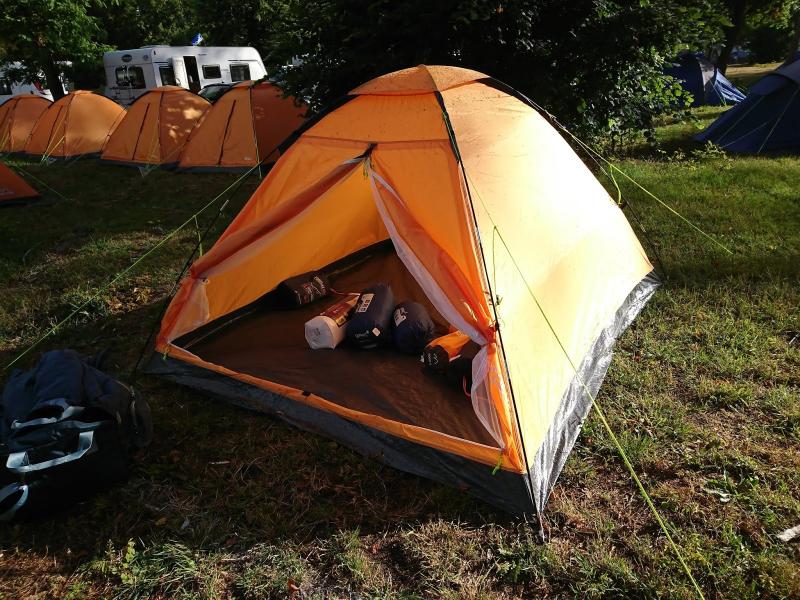
Some, but not all, of the cars had bodywork made of carbon-fibre composite which helps to keep the weight as low as possible. Being lightweight means the cars can run faster and use less fuel but because they are so light they tend to want to take off so they need to have rear wings to help keep them on the ground. The rear wing works in the opposite way to that of an aeroplane which uses the higher air pressure directed below the wing to lift the plane. On the car the higher pressure is directed above the wing to push the car down so that it remains in contact with the road surface.
Image
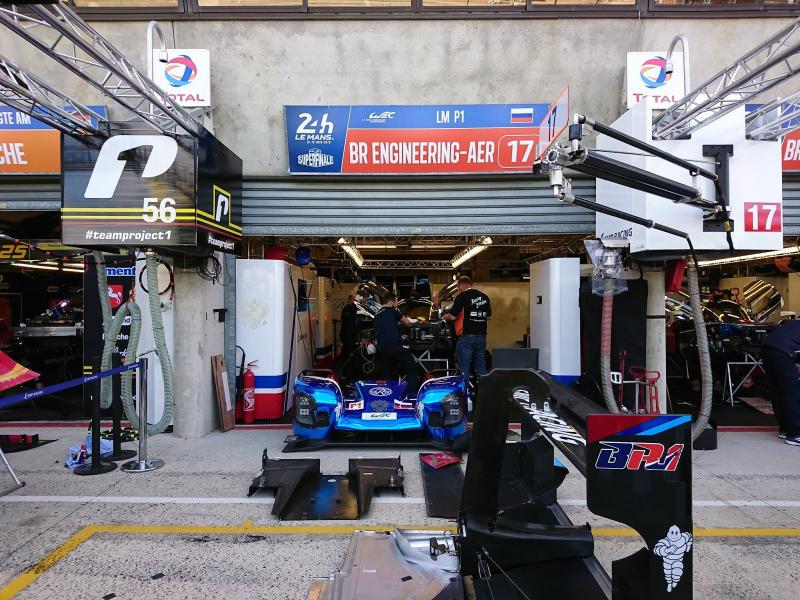
Image
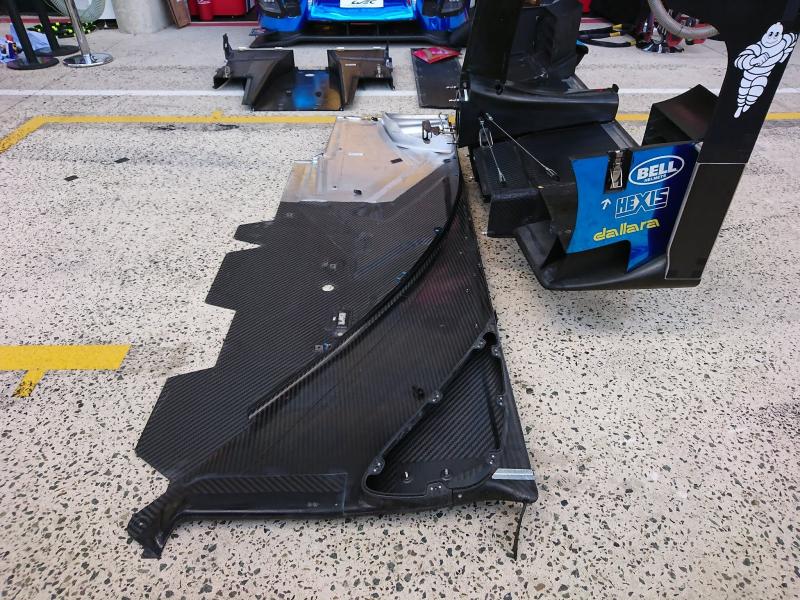
With the cars being lightweight, it is easy to lift them off the track when they crash or break down. For the safety of the volunteer marshals, all the drivers and the other cars, it is vitally important that cars can be removed from the track as quickly and as safely as possible. The efficiency of the actions of the marshals and safety crew was demonstrated in front of where we were sitting during one of the qualifying races.
Image
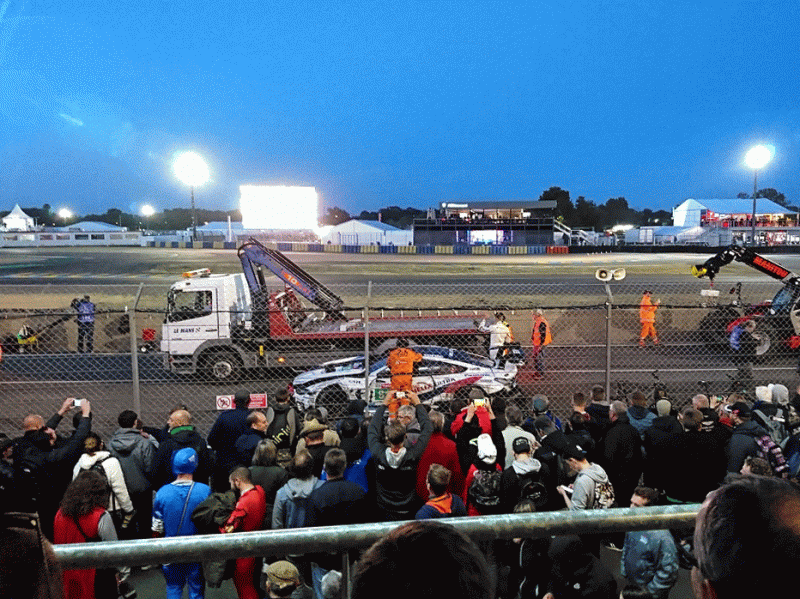
Right next to the track, and open all year round, is a fascinating museum full of amazing historical cars and objects relating to key drivers. One car that caught my eye was the little 1967 British Mini Marcos which has a fibreglass body. In 2013, I came across a bright yellow Mini Marcos from the 1980s and wrote a blog post about it.
Image
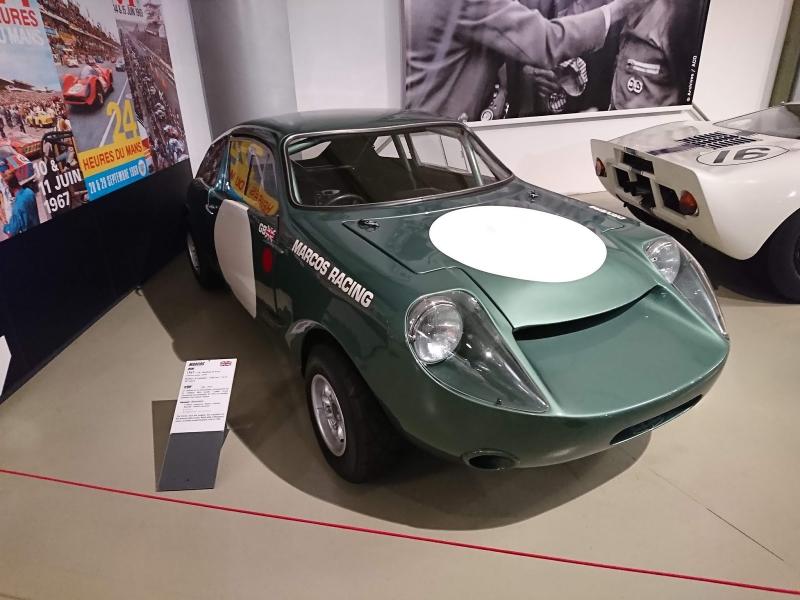
The grandstand seats were made of a plastic material which is probably something like polypropylene although some spectator seats are made of high density polyethylene. What was interesting is how the seats have degraded outside in the elements and how they are only replaced when they really need to be.
Image
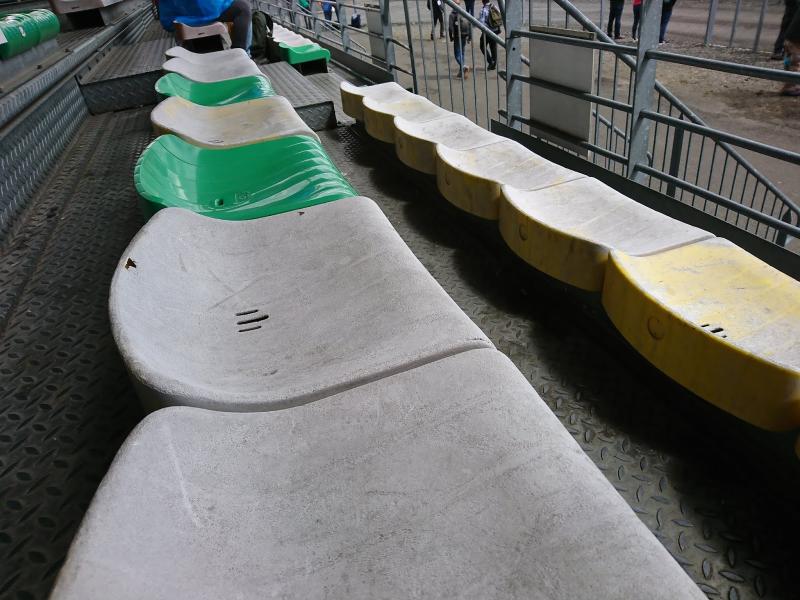
Image
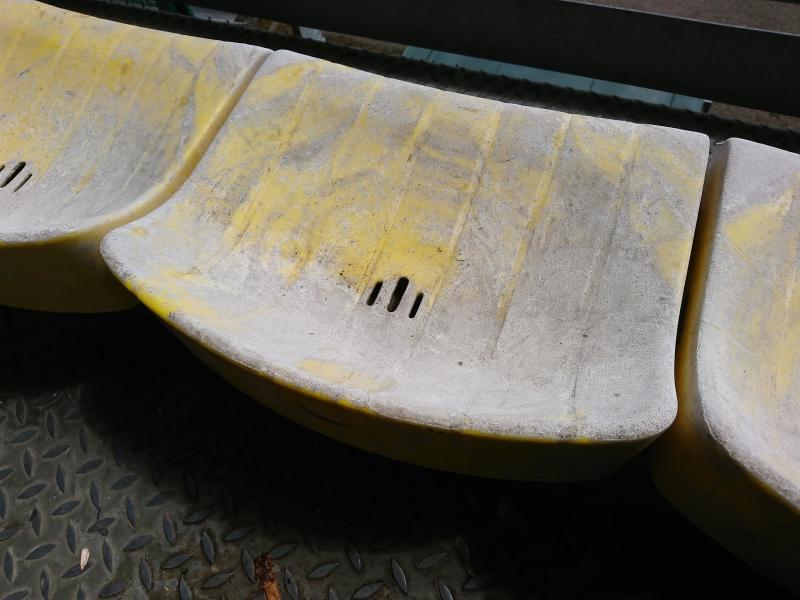
Image
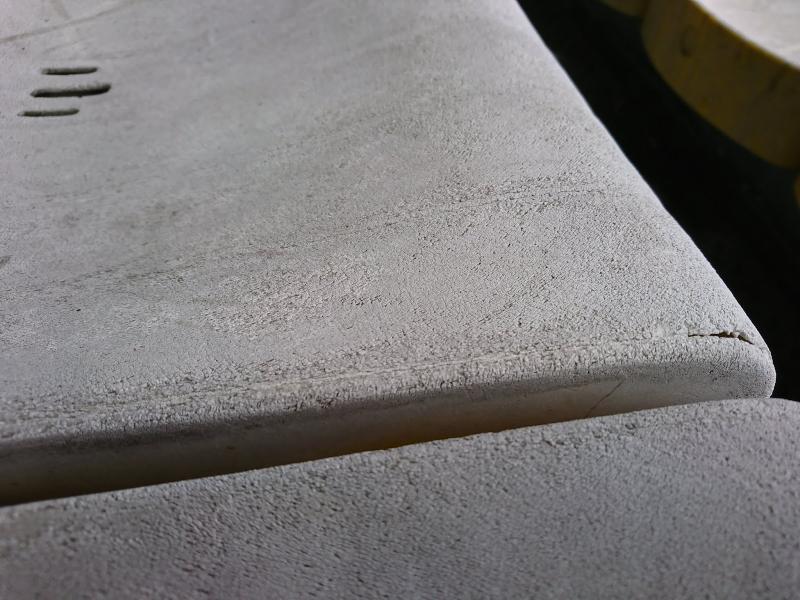
Image
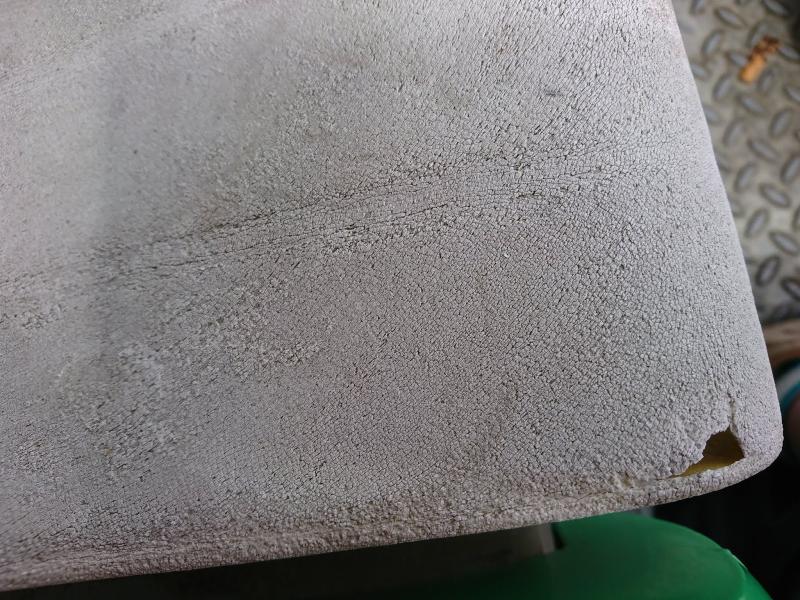
Not-plastics spotting
When at a race track full of fuel-guzzling cars it might seem strange to find small environmentally friendly activities, but the quiet way some of the food stalls were moving away from wasteful single-use plastics was commendable. We were charged an extra Euro for souvenir cups which could then be reused (saving you that extra Euro on your next beer). There were different cups with a range of sizes including pint, half pint, espresso, and champagne.
Image
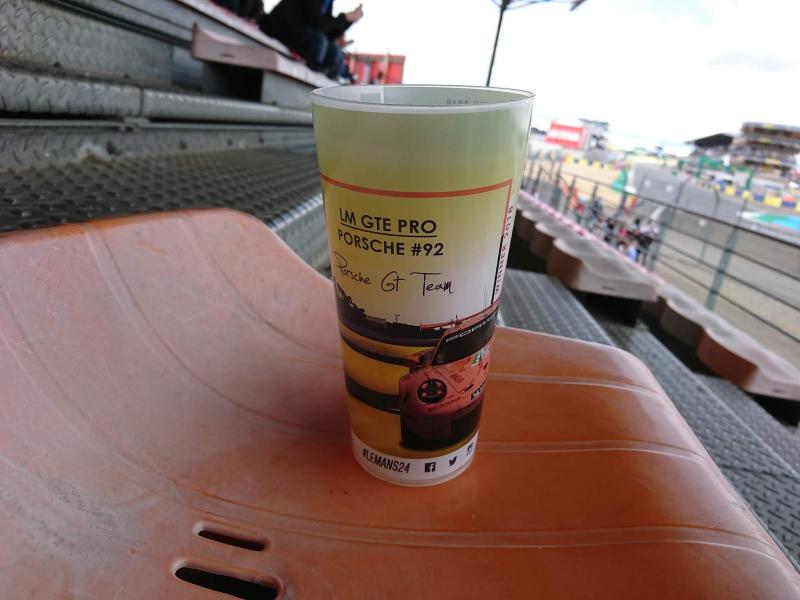
Where there could have been plastic used to serve food, some stalls used paper plates or trays. I had a delicious waffle covered in Nutella which could have proved disastrous on this flat card tray, I am so glad I didn’t drop it.
Image
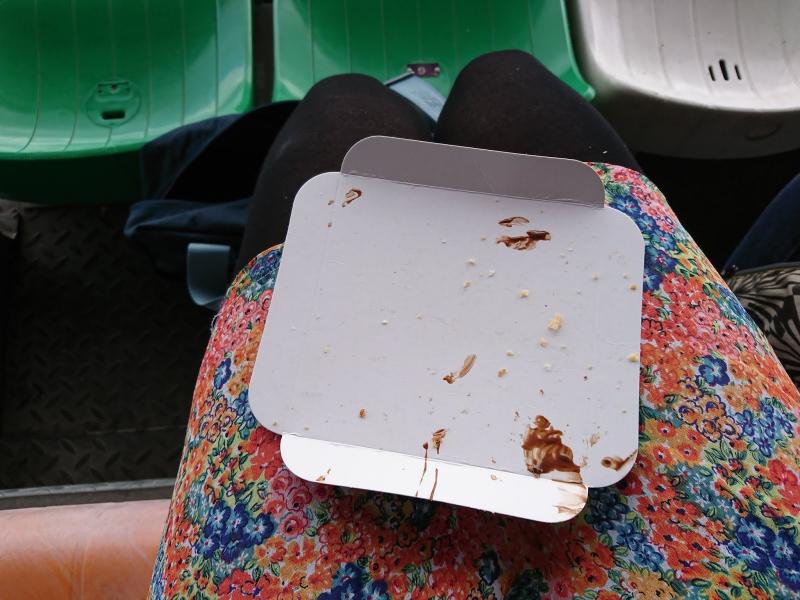
To counter the quiet environmentally-friendly activity, was the shocking number of unnecessary give-aways that were thrown to the crowds during the drivers’ parade. The streets were scattered with wrist bands, flags, hats, toy figures, keyrings, and frisbees that the people in the crowds called out for but then discarded.
Image

Image
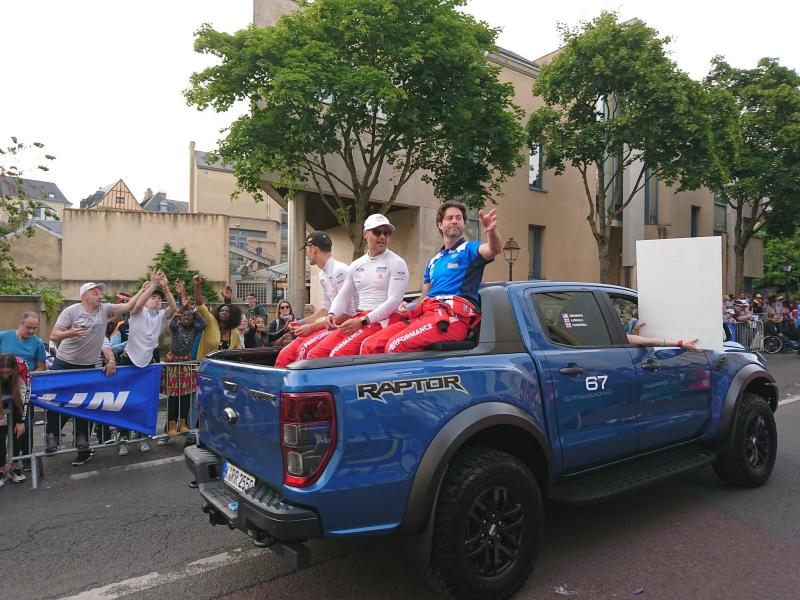
I am not sure what the outfit this poor person had to wear was made of but it was a warm afternoon and they must have been rather hot, I hope it was breathable.
Image
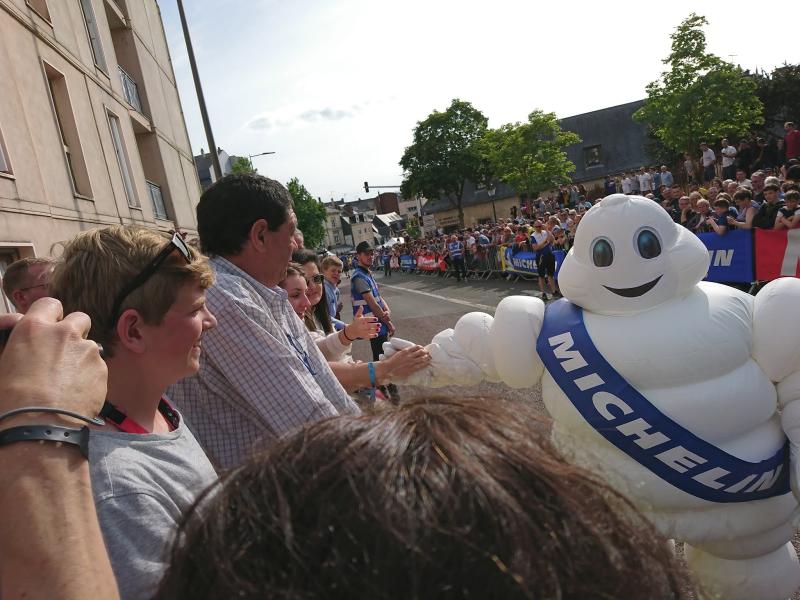
Louise Dennis (Curator of MoDiP)
